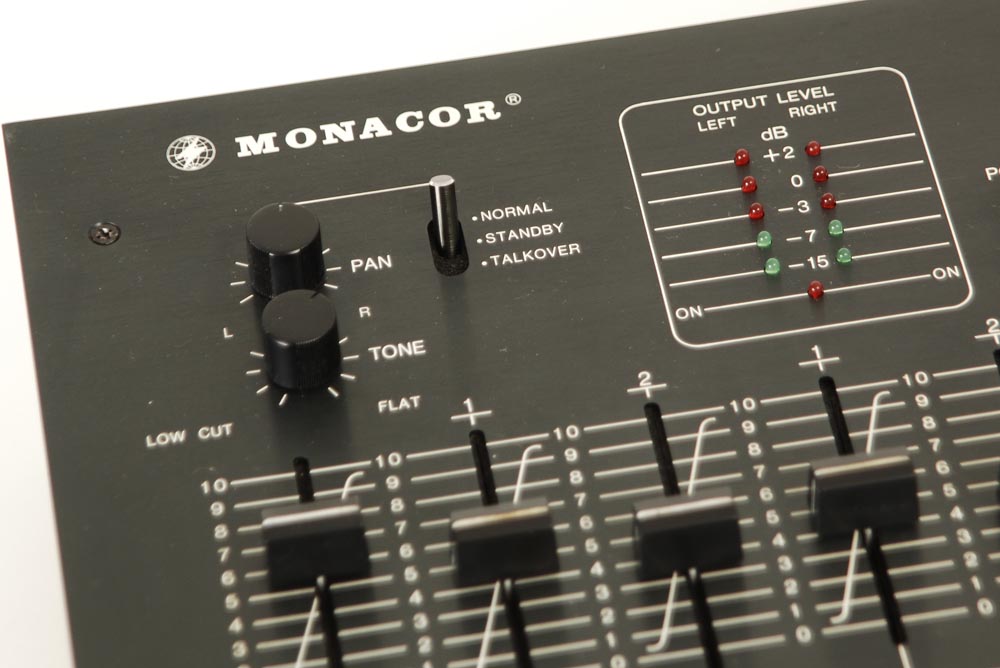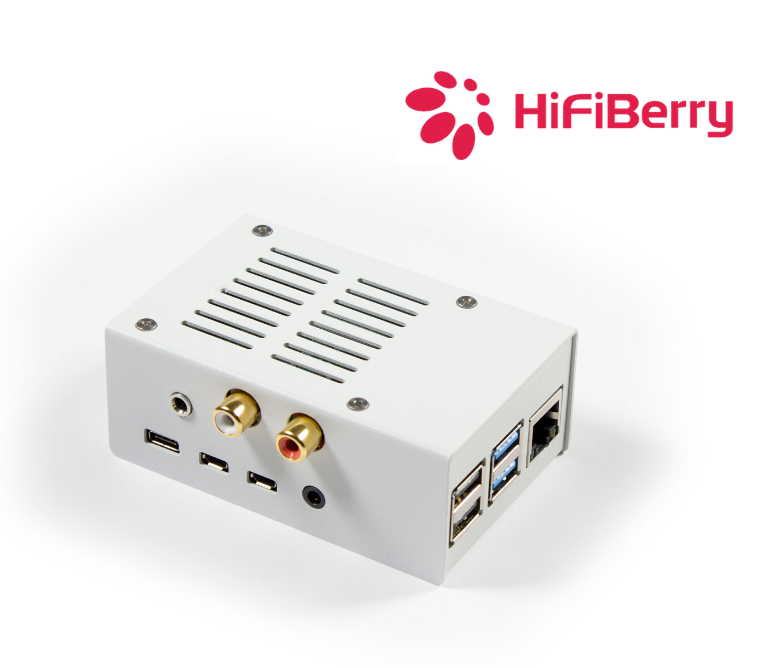
When the ASIO buffer size is set very small, to minimize latency, in some cases a block of audio may not yet be available when it needs to be sent to the ASIO driver, which normally results in audible clicks.
#Micro mpx stereo tools drivers
Not all sound card drivers support this button (although you can usually change the settings elsewhere if they don't). If you want an as low as possible latency, find the lowest latency value here that works without hiccups.
#Micro mpx stereo tools driver
The ASIO control panel is a window provided by the sound card driver which lets you configure certain things, such as the ASIO block size (which affects latency).
#Micro mpx stereo tools windows
Too small block sizes can cause very brief clicks in the audio, depending on the CPU, Windows version and sound card driver). In most cases it's possible to overrule the ASIO block size, to get lower latencies, or to use bigger blocks to improve stability. The ASIO block size is typically set by the ASIO driver.

If you use 32 kHz or a multiple thereof, the CPU load is a lot smaller - but you should only use it if you don't need any audio above approx.

The latency is a bit smaller because a block of the same number of samples is a bit smaller. At 48 kHz there is a bit more data that needs to be processed, which increases the CPU load slightly. The sample rate has a small effect on the latency and CPU load. 88.2 and 176.4 kHz are downsampled to 44.1 kHz, 96 and 192 kHz are downsampled to 48 kHz. If you use samle rates above 48 kHz, the audio will be downsampled before processing and upsamled again afterwards.

The only exception is when you are not using ASIO, the samle rate is lower than 128 kHz and FM output is used. Normally, the output sample rate will be identical to the input sample rate.

Synchronize with Select what to synchronize the display to.See Synchronize to output for a (partial) solution. If you use multiple sound cards which don't share the same clock, the output buffer will at some point get underruns (causing drops in audio) or overruns (causing some pieces of audio to get lost).If you don't use ASIO, Windows gives you an extra 100-300 ms of latency, which is far too much if you are listening to yourself for example on a headphone. If you want low latency audio, use ASIO for both input and output.Back to overview Documentation version 9.23Ĭonfiguration of input and output sound cards, and synchronization.īesides choosing sound cards, this section also lets you configure FM transmitter synchronization, which can be used to synchronize the sound at multiple FM transmitter sites, using a normal Shoutcast or other stream as input.


 0 kommentar(er)
0 kommentar(er)
